Let’s be honest, MIURIO studio’s mission has always been to unite art and design. The brightly coloured and bold design language studio created by Rita Assor will turn ten years old in August of this year. Over the years, Rita has created hundreds of patterns for both interior and wearable accessories. And the studio’s online store currently has over 600 products (including mobile wallpapers created for charity purpose), which is still quite a lot for a small design studio.
Rita Assor: “I asked myself: what would be the best way to celebrate the ten-year anniversary of my studio’s activity? And since fate just happily brought me together with Kai Arrak, of course to come out with the first collection featuring Estonian art. Transferring the works of art of a great Estonian painter Jüri Arrak to silk and rugs represents definitely a new challenge for me.
It has always been in my heart to praise art through high-quality design products. Thus, starting my own journey as a designer and studying textile design at Estonian Academy of Arts at the time, I had no idea that one day I will be curating other artists’ works in the field of design.
Collaboration with the Art Museum of Estonia and offering digital print on fabrics and production of silk scarves as an agent for Estonian designers (incl. fashion) have helped me grow. And now I feel that I am ready to create collections combining Estonian art and design”.
Kai Arrak: “We have been looking for a cooperation opportunity for a long time, the result of which would be a noticeable step above the usual repro or advertising print. The choice of where and what to print is seemingly large, from a pen, mug and tote bag to a hoodie or T-shirt, but in order for the artwork to shine as it deserves, a professional and soulful approach is needed. Literally by chance, I noticed the words “Rita Assor” and “silk scarves” in a magazine article, and when I clicked on her website, there was no doubt that something could be born from here. Of course, many, many thanks to Rita for her consent, because every designer wants to express him- or herself primarily through personal creations.
When you see the finished women’s scarves, it seems that the paintings have gained real value in their own way. Since the selection currently mainly includes works from the early creative period of J. Arrak (from the art collection of A. Eilart), you won’t find the artist’s “handwriting” here, which appeared somewhat later, but the twill silk brings out the charm of abstract paintings particularly well. On the other hand, the paintings that are the basis of men’s pocket squares are stronger in nature, from a later period (especially “The Strange Journey”) and generally have more masculine themes. As I understand, this is far from all, because in the conversation with Rita I have repeatedly heard the word “rug“!….”
Jüri Arrak: “I have done my job as an artist, and if these paintings or their details are depicted on an object, it does not detract from the painting, but because of this, the object on which the color of the painting is printed also becomes valuable. And so the work does not remain as a unique copy on someone’s wall or in a museum, but embodies everyday wearable or interior products, it reaches many people. Hope this makes your day! Of course, both material and print quality are very important, which is certainly guaranteed in MIURIO studio.”
In the middle of August, an exhibition of J. Arraku’s watercolors will be opened in the unique atmosphere and location of the Viinistu Museum (13.08-11.09.2022). As part of the exhibition, you can get acquainted with Jüri’s latest creations and buy beautiful women’s silk scarves and men’s pocket squares from earlier creations.
Jüri Arrak (b. 1936 in Tallinn) is a great figure and living legend of Estonian contemporary art, one of the most valued and loved Estonian artists. Arrak is a versatile creator who has done metalwork, carpets, artwork for cartoons, happenings, installations, but is mainly focused on painting and graphics.
Arrak entered the art scene in the 1960s and quickly became one of Estonia’s most powerful artists. The early period of his work includes surrealist experiments inspired by the works of Salvador Dali and Pablo Picasso, in which the basic principles of the artist’s later style were also revealed: contrasting colors, deformation of the figure and space, humor, social sensitivity.
Arrak’s narrative world contains unexpected visions, paradoxes and metaphors with a great power of input, in which “masquerade and confession are inseparably combined” (Boris Bernstein). His most recognizable hero is the masked figure that repeats itself from painting to painting – known to many Estonians, among other things, from the cartoon “Suur Tõll” and from the album cover of the band “Metsatöll”.
Sources used: Estonian Art Museum, Estonian Artists’ Union.
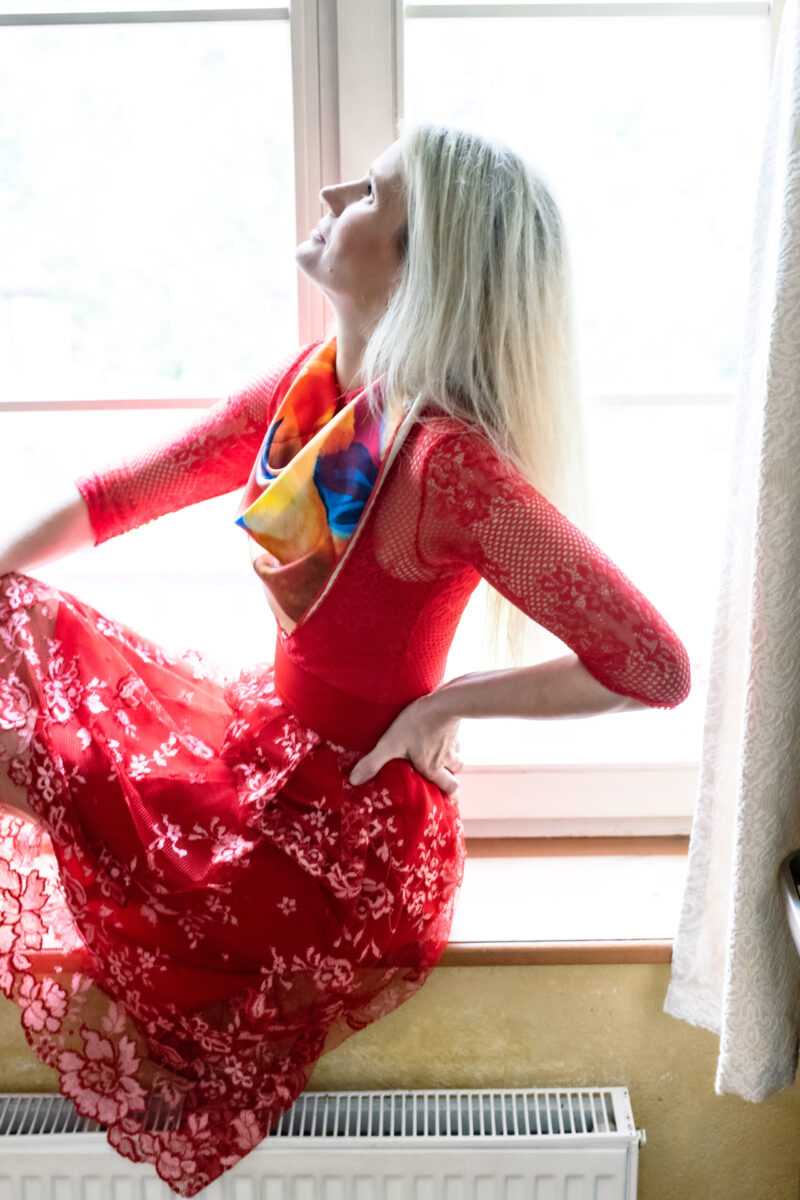
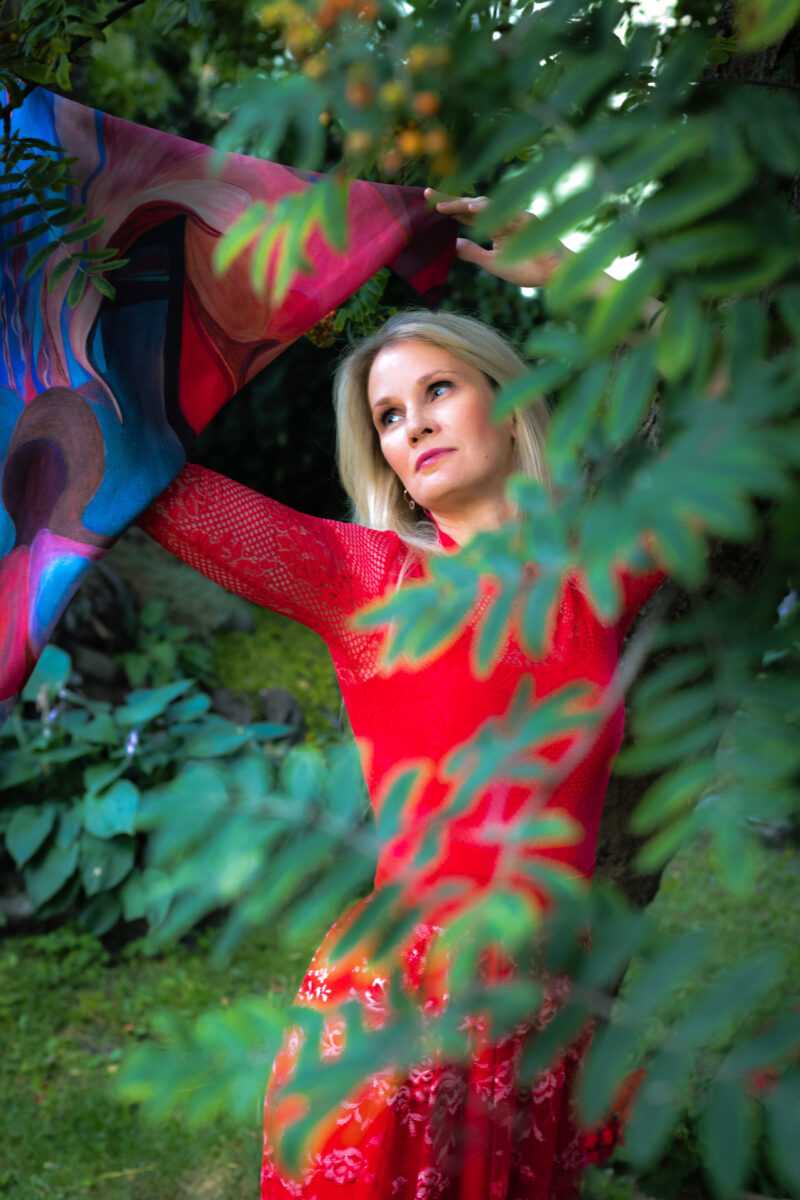
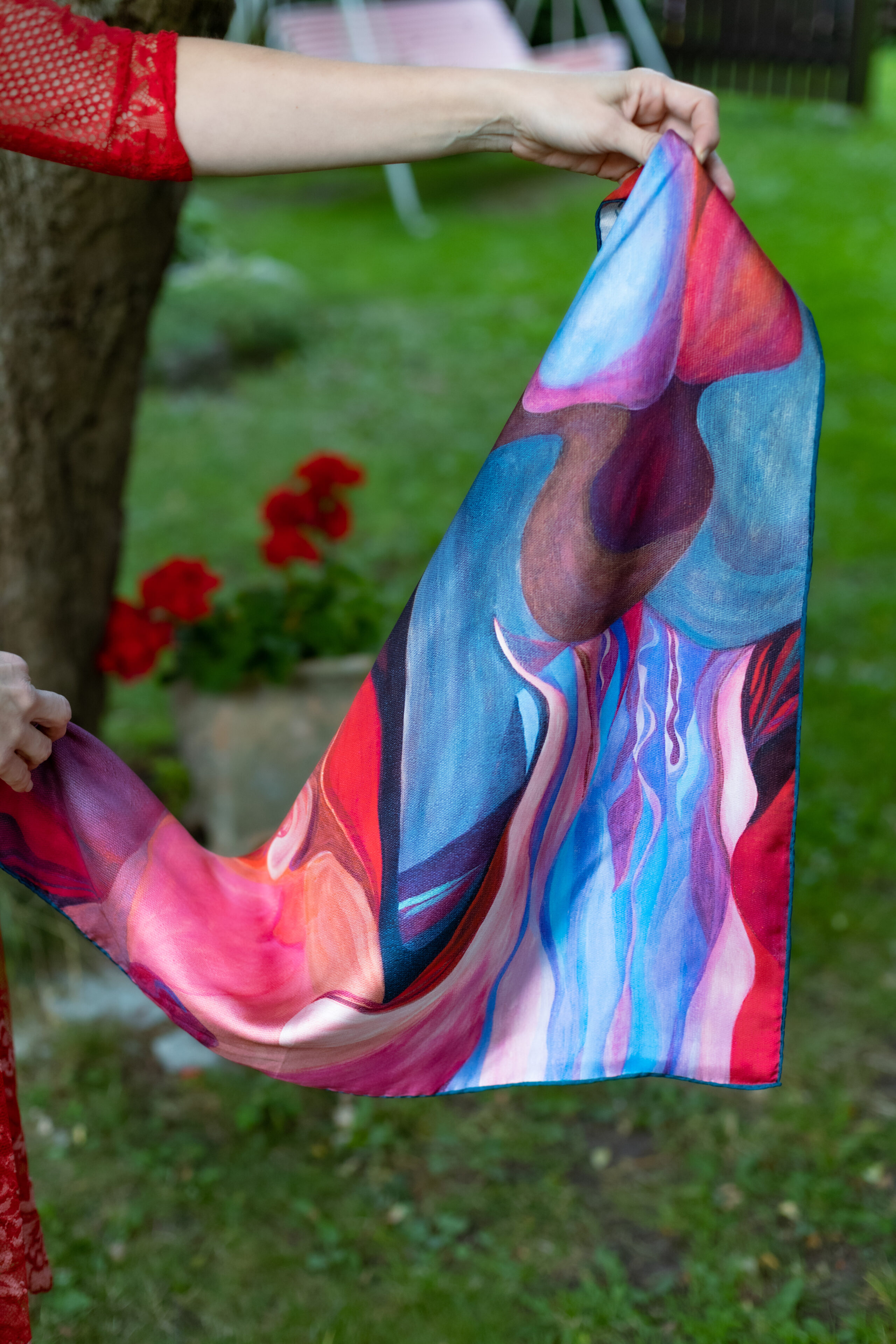
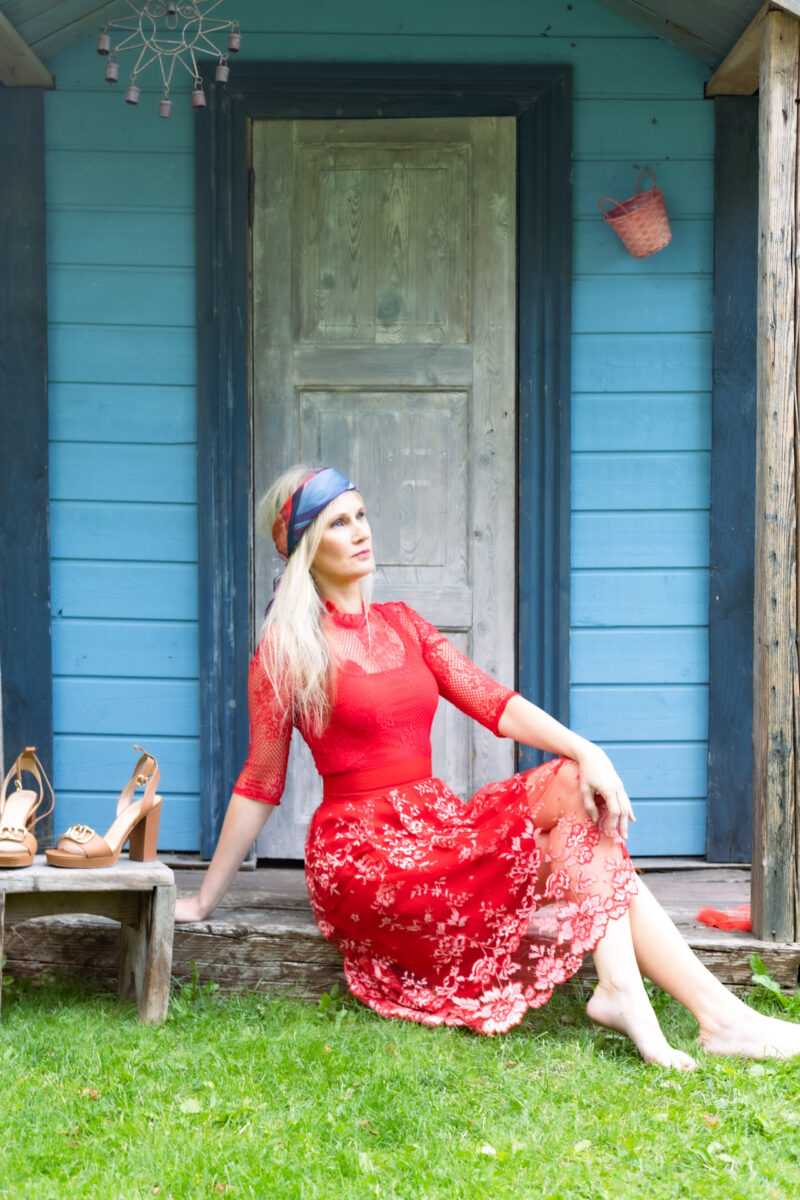
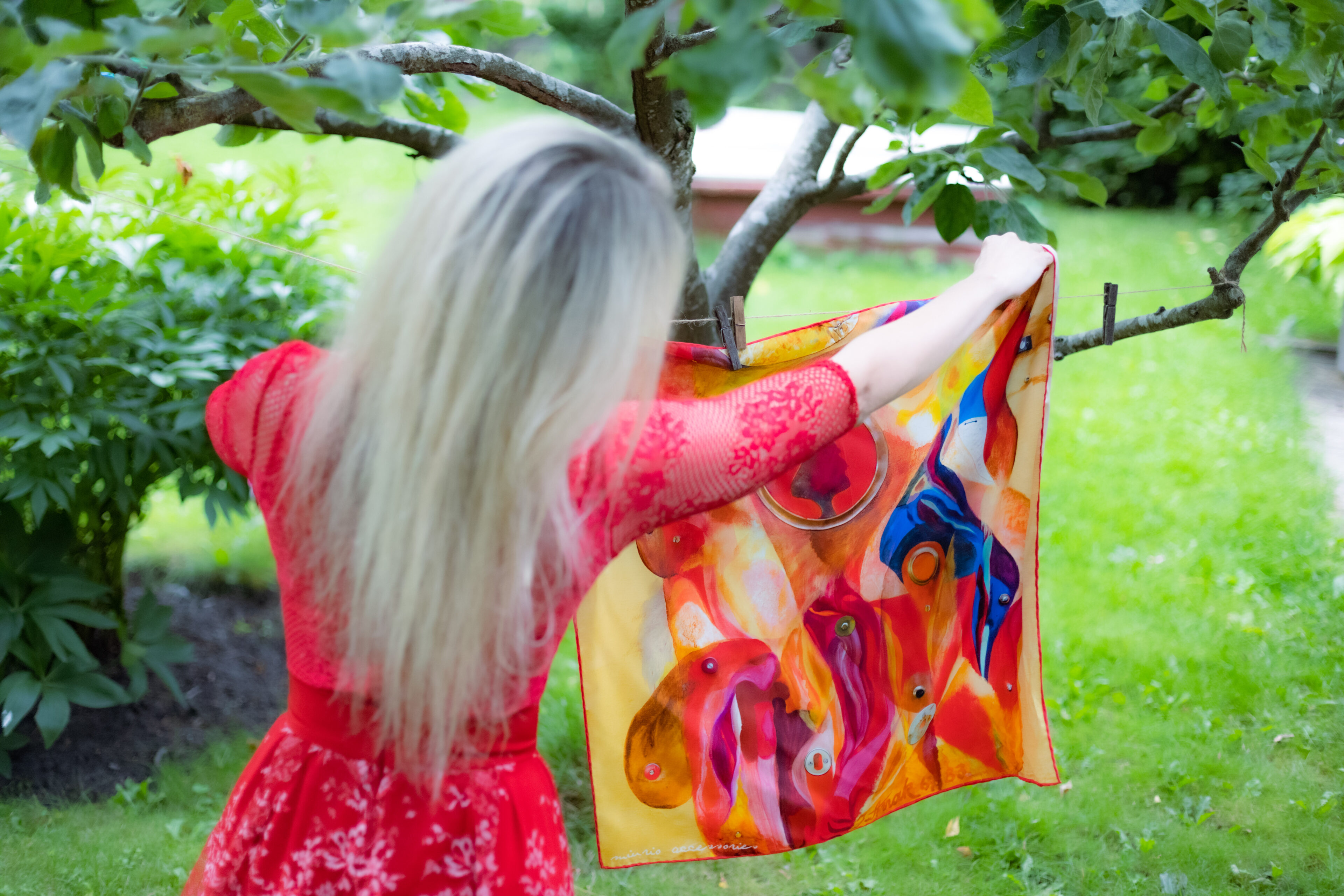

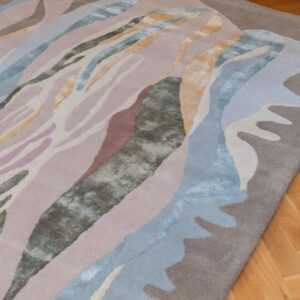
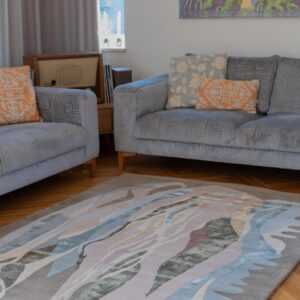



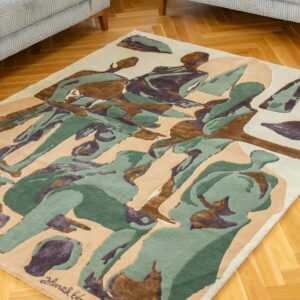
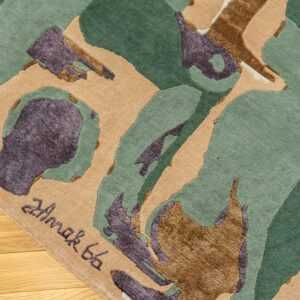
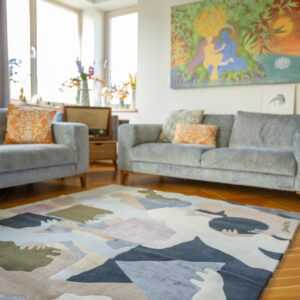
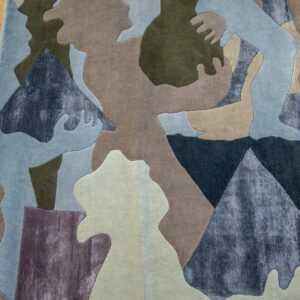
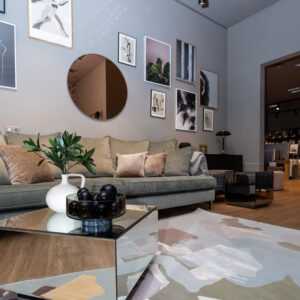

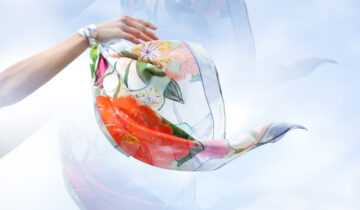
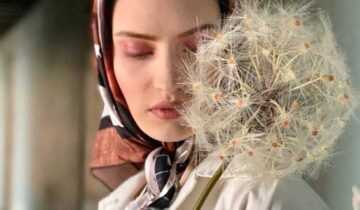
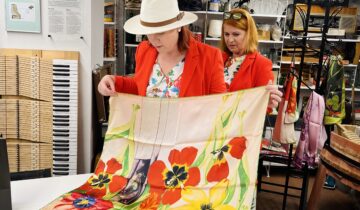
 No products in the cart.
No products in the cart.